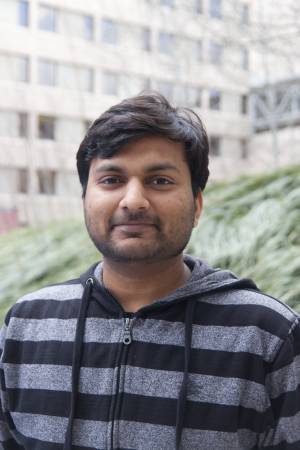
Abstract:
For the multi-robot active reconstruction task, this thesis proposes using Gaussian mixture models (GMMs) as the map representation that enables multiple downstream tasks: high-fidelity static scene reconstruction, communication-efficient map sharing, and safe informative planning. A new method called Self-Organizing Gaussian mixture modeling (SOGMM) is proposed that estimates the model complexity (i.e., number of Gaussian components) based on the depth and intensity data observed by the robots. This method provides higher fidelity maps and lower map sizes compared to prior GMM-based and grid-based methods. Due to the lower map sizes, sharing the maps amongst robots or to a base station is tractable on low-bandwidth communication channels. To enable safe informative planning, a motion primitives-based planner is developed with two robot-robot and robot-environment collision avoidance approaches. Both approaches provide collision avoidance capability without maintaining a global occupancy grid, which can often consume too much memory onboard the robots. Informative planning is enabled via an information-theoretic action selection strategy with the robots sharing plans and map fragments over a serial connection. The final active reconstruction system is demonstrated in a real cave with two quadcopters equipped with RGB-D cameras. The overall approach provides up to two orders of magnitude reduction in communication bandwidth usage while providing higher depth and intensity reconstruction accuracy compared to dense grid-based methods.
Thesis Committee Members:
Wennie Tabib, Chair
David Wettergreen
Sebastian Scherer
Nathan Michael (Shield AI)
Kostas Alexis (NTNU, Norway)
